When someone mentions European museums, you’ll likely think of renowned institutions like the Louvre in Paris, the British Museum in London, or the Prado in Madrid. After all, these cultural households perfectly represent the continent’s artistic and historical legacy. However, a group of quirky museums in Europe are perfect for anyone looking for something different.
So, you’ll appreciate this list if you’ve already visited the most famous museums in Europe. We’ll take you through narrow hallways filled with curiosities as we highlight Europe’s top 10 quirky museums. From the peculiar to the eccentric or just plain weird, these institutions celebrate the oddities of culture that conventional museums often overlook.
Defining Quirky: What Sets These Museums Apart?
You can find strange items at Europe’s most visited museums. But to consider a museum quirky, its entire collection must focus on a specific and unusual subject. Likewise, some museums on this list may have a curious way of displaying their items.
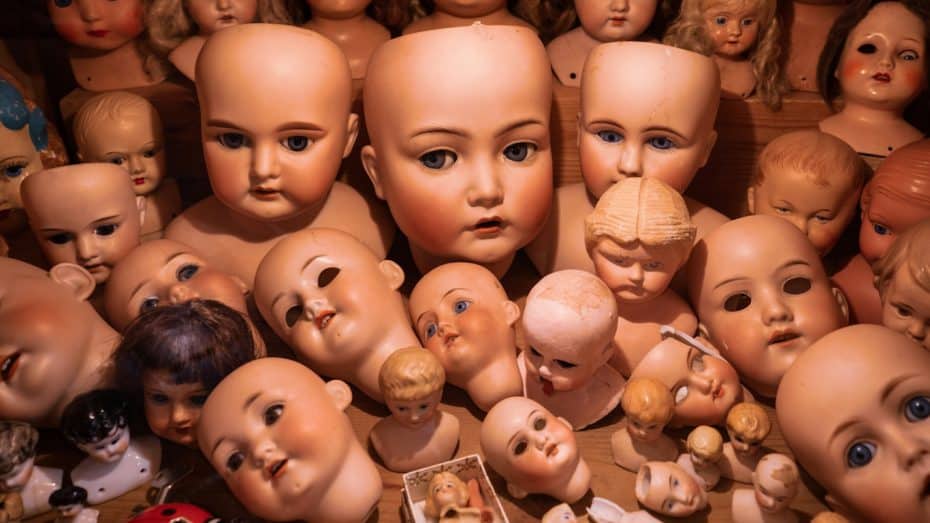
This list includes larger and smaller weird European museums committed to sharing knowledge on uncommon topics. These museums are must-sees if the themes speak to you or you want to explore off-the-beaten-path attractions.
Moreover, visiting Europe’s quirkiest museums will allow you to support individual points of view that add diversity to the continent’s cultural offer.
The Top 10 Quirky Museums in Europe
1. Museum of Broken Relationships, Croatia
The Museum of Broken Relationships is in Zagreb, Croatia. This institution opened its doors in 2010 and has since become known for its unconventional exhibits.
This museum started naturally as a labor of love or, more accurately, heartbreak. Why? Well, the museum’s founders, Olinka Vištica and Dražen Grubišić, created the collection as a personal project after the end of their four-year relationship. In it, you’ll find personal objects from failed relationships, each with a brief story. These items are donations not only from Croatia but from all over the world.
The museum is in Zagreb’s Upper Town area, close to the historical St. Mark’s Church and the Croatian Parliament building. To get there, you can use the 150 bus line. The entry ticket costs 7 euros, and the museum is open every day from 09:00 a.m. to 10:00 p.m. in the summer and from 09:00 a.m. to 09:00 p.m. in the winter. You can buy tickets online to skip the lines.
The Museum of Broken Relationships stands out among the quirky museums in Europe due to its focus on the sentimental rather than the material value of items and their stories. It fits outside traditional categories focusing on art or history but presents a conceptual space that chronicles human experiences through everyday objects. If you’re going through a breakup, visiting the museum may be challenging yet healing, and remember that you are not alone in the sentiment.
For more information, visit the museum’s official website.
2. Maison de Monsieur Sax, Belgium
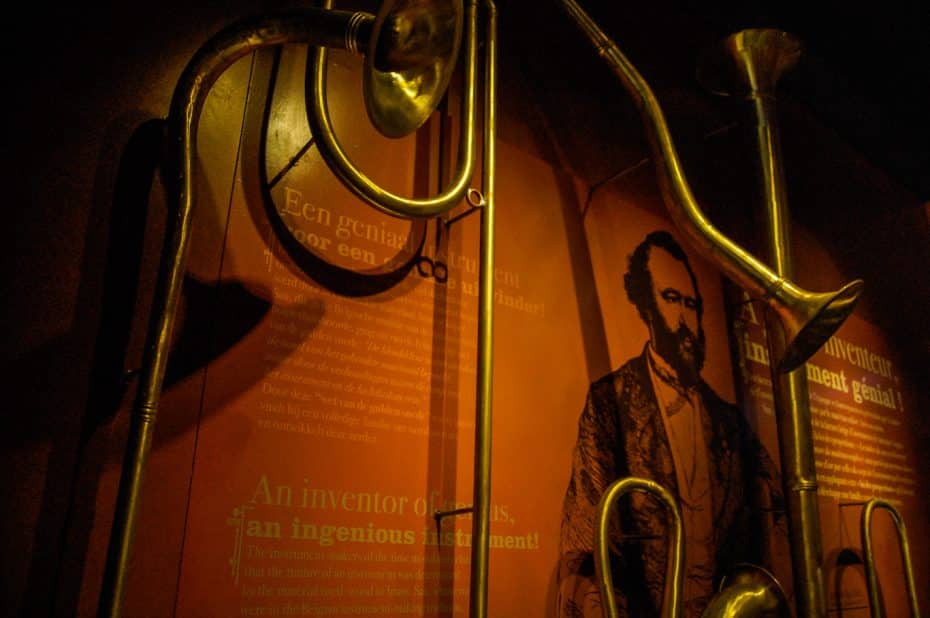
The Maison de Monsieur Sax is a museum in Dinant, Wallonia, Belgium, dedicated to Adolphe Sax, the saxophone inventor. The museum’s uniqueness lies in its focus on this single creator and instrument, significantly impacting music.
The museum’s headquarters is in Adolphe Sax’s home. The collection pays homage to his inventions, life, and works. Inside the museum, you’ll find items related to the development of the saxophone, including early designs, patents, and personal artifacts of Mr. Sax.
The museum is in Dinant at Rue Sax 37, close to the city center. You can use public transport to get to Maison de Monsieur Sax. The closest central railway station is Gare de Dinant. From there, it is a short walk across the bridge over the Meuse River to reach the museum.
The Maison de Monsieur Sax is among the coolest museums in Europe for music fans. It is 100% free and open from 9 a.m. to 7 p.m.
3. Mini Bottle Gallery, Norway
The Mini Bottle Gallery, located in Oslo, Norway, houses over 53,000 bottles in its collection. This museum’s wonder was Johan E. Dahl, the owner of a beverage industry company in Norway.
Occupying a former arcade near the Oslo Cathedral, the museum’s three-story structure preserves many miniature bottles filled with different contents, such as fruits and berries. Displays include antique and modern bottles showcasing different shapes and origins. Moreover, there is even a ‘dark room’ featuring glowing contents under ultraviolet light.
You can find this gallery near Oslo Central Station. Hence, it’s easy to get to the museum using public transport from different parts of the city, including the airport. The Oslo tramway also stops close by at Stortorvet. That said, the museum is only open on weekends, from 12:00 to 16:00, so you may need to plan your visit accordingly. The entry fee for adults is 8,5 euros.
If you would like more information, you can visit the gallery’s website.
5. Hospital de Bonecas, Portugal
Although the Hospital de Bonecas is not technically a museum, it deserves a spot on this list because of its peculiar nature. Established in 1830, the Hospital de Bonecas solely aimed to restore dolls. It began when a woman named Carlota started repairing dolls out of her home to bring joy to children. It has remained operational for over a century and, surprisingly, still serves its original purpose to this day.
However, nowadays, the second floor of the Hospital de Bonecas showcases many dolls from different periods, some dating back to the 19th century. The collection includes a range of dolls’ clothing and accessories, doll houses, miniatures, and even historical photographs related to the theme. Hence, you may think it is one of Europe’s most creepy museums with all the doll parts lying around.
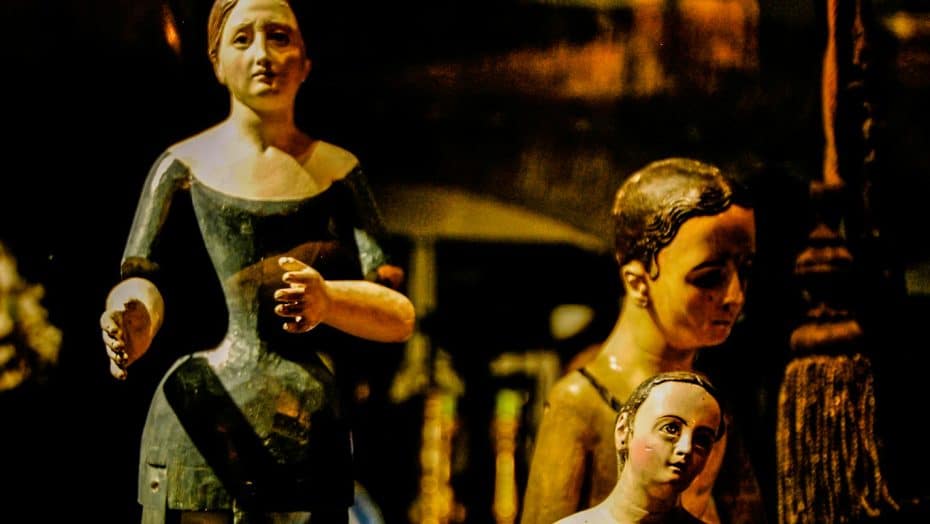
Hospital de Bonecas is in Lisbon, Portugal. Its central location in Praça da Figueira, 7, within the Baixa district, makes it accessible through public transportation. In particular, the Rossio metro station is within walking distance from the museum. This place may not be a must on a first trip to Lisbon, but it is worth a visit on a second or third visit.
Hospital de Bonecas is open Monday to Friday between 10:00 am and 7:00 pm. On Saturdays, it opens at the same time but closes earlier, at 6:00 pm. The museum remains closed on Sundays. This is another free, quirky European museum.
6. Phallological Museum, Iceland
The Phallological Museum is in Reykjavik, Iceland, and houses an extensive collection of penile parts. Yes, you’ve read that correctly.
Founded in 1997, the museum aims to provide an educational experience regarding the phallology of various mammals, including humans. The museum’s specimens range from the tiny hamster to colossal whales. In total, you will find over 200 penises and penile parts belonging to almost all the land and sea mammals in Iceland. Notably, the museum holds a specimen from a deceased human donor and a folklore exhibition of mythical creatures.
The museum is in central Reykjavik, the capital of Iceland. It opens its doors to the public daily from 10 am to 6 pm. The admission fee is 3000 ISK (around 20 euros), but you can get a 20% discount with the Reykjavik Card. Visit the museum website for more information.
7. Museum of Miniatures, Czech Republic
The Museum of Miniatures in Prague stands out for its collection of small-scale works of art that often require magnifying glasses or microscopes. Founded by Anatoly Konenko in 1996, the museum showcases items that are small in size and meticulous in detail.
This museum is in the Strahov Monastery’s second courtyard. The Monastery is an important site dating back to the 12th century, adding historical context to the museum’s location. The exhibition space within the monastery presents miniatures, such as a caravan of camels fitting into the eye of a needle. Other impressive items include figures of swans resting on a poppy seed, and a flea wearing horseshoes.
The Museum of Miniatures operates from Tuesday to Sunday, opening at 9:00 AM and closing at 5:00 PM. You can get tickets to the museum online or at the entrance for 7 euros.
8. Barbie Museum, Denmark

The Barbie Museum in Copenhagen showcases the evolution of the Barbie doll since its introduction by the American toy company Mattel in 1959. Located in the Danish capital, the museum resides on Vibevej 52, west of the city center. You can get to the museum by bus or train, with the Fuglebakken station only a four-minute walk away.
The museum’s focus is to present the historical development of the Barbie doll and its impact on culture and society. It houses an extensive collection of dolls from different periods, special editions, and accessories associated with this cultural icon. The museum also documents the changing designs that reflect fashion trends and societal shifts over several decades.
In addition to dolls, you will find detailed timelines and profiles of key individuals who played significant roles in Barbie’s history. These profiles, of course, include Ruth Handler, co-founder of Mattel and creator of Barbie. The exhibits also feature vintage advertisements, packaging materials, and multimedia presentations. Hence, this is the perfect place to visit if you are a fan of the Barbie movie or doll or if Barbiecore is your aesthetic.
The Copenhagen Barbie Museum only opens by appointment. So, you will have to contact the museum through their website.
9. Neon Advertising Museum, Poland
The Neon Museum in Warsaw, Poland, has an impressive collection of neon signs from the Cold War era. Established in 2005, it remains among the top quirky museums in Europe because of its focus on a specific form of lighting and advertising from the mid-20th century. Housed in the Soho Factory, a post-industrial space in the Praga district, the museum exhibits historically significant neon signs once common in Warsaw and other Polish cities.
The museum chronicles the history of neon signs in Poland. Thus, the collection starts from the introduction of these signs in 1926 and continues through its peak popularity in the 1960s and 1970s. Inside the museum, you will find an array of neons carefully restored to their former glory. The items range from large outdoor pieces that once adorned buildings and streets to smaller indoor units for shops or services.
The Neon Advertising Museum is quirky and among the best museums in Europe. It opens from Monday to Saturday from 12:00 to 18:00 and from 11:00 to 17:00 on Sunday. It remains closed on Tuesdays, and the entry fee is around 4 euros. Check the museum website for more information.
10. Lipstick Museum, Berlin
The Lipstick Museum, located in Berlin, Germany, is one of the city’s more unusual cultural institutions. Officially opening its doors in 1995, this museum focuses on lipstick production and cultural import from the early 20th century to the present. Founded by René Koch, a celebrity make-up artist, it showcases his collection of over 15,000 lipsticks and related items.

The museum’s collection includes a range of products once owned by famous personalities such as Marlene Dietrich or Hillary Clinton. Artifacts at the museum highlight developments in lipstick technology, design changes over time, and shifts in societal perceptions regarding beauty and cosmetics.
Located in the Friedenau district, this museum sits within an area connected with Berlin’s cultural history. The exact positioning within the city provides easy access from the U9 metro line, with Friedrich-Wilhelm-Platz station being the nearest stop. To visit this museum, you’ll benefit from making an appointment online to meet its founder.
Why Visit Quirky Museums in Europe?
As mentioned, visiting unusual European museums allows you to experience different sides of the country. Likewise, for the most part, the museums in this list attract a different amount of visitors than the most popular ones in Europe. So, you’ll have the chance to explore these places at your own pace and take more pictures without feeling overwhelmed.
Also, these institutions are perfect for those with particular niche interests uncommon in mainstream museums. So, if you’re looking for a different way to spend your next European vacation, look no further than the eccentric museums listed above. You may even be able to impress your partner with a weird, quirky date.




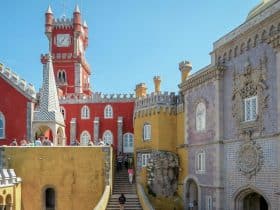

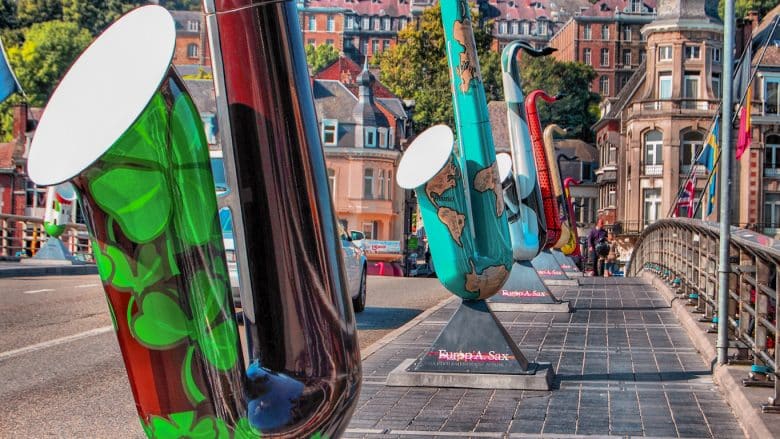




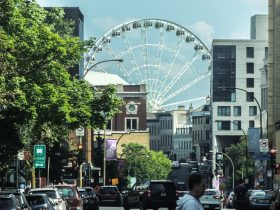















Leave a Reply
View Comments